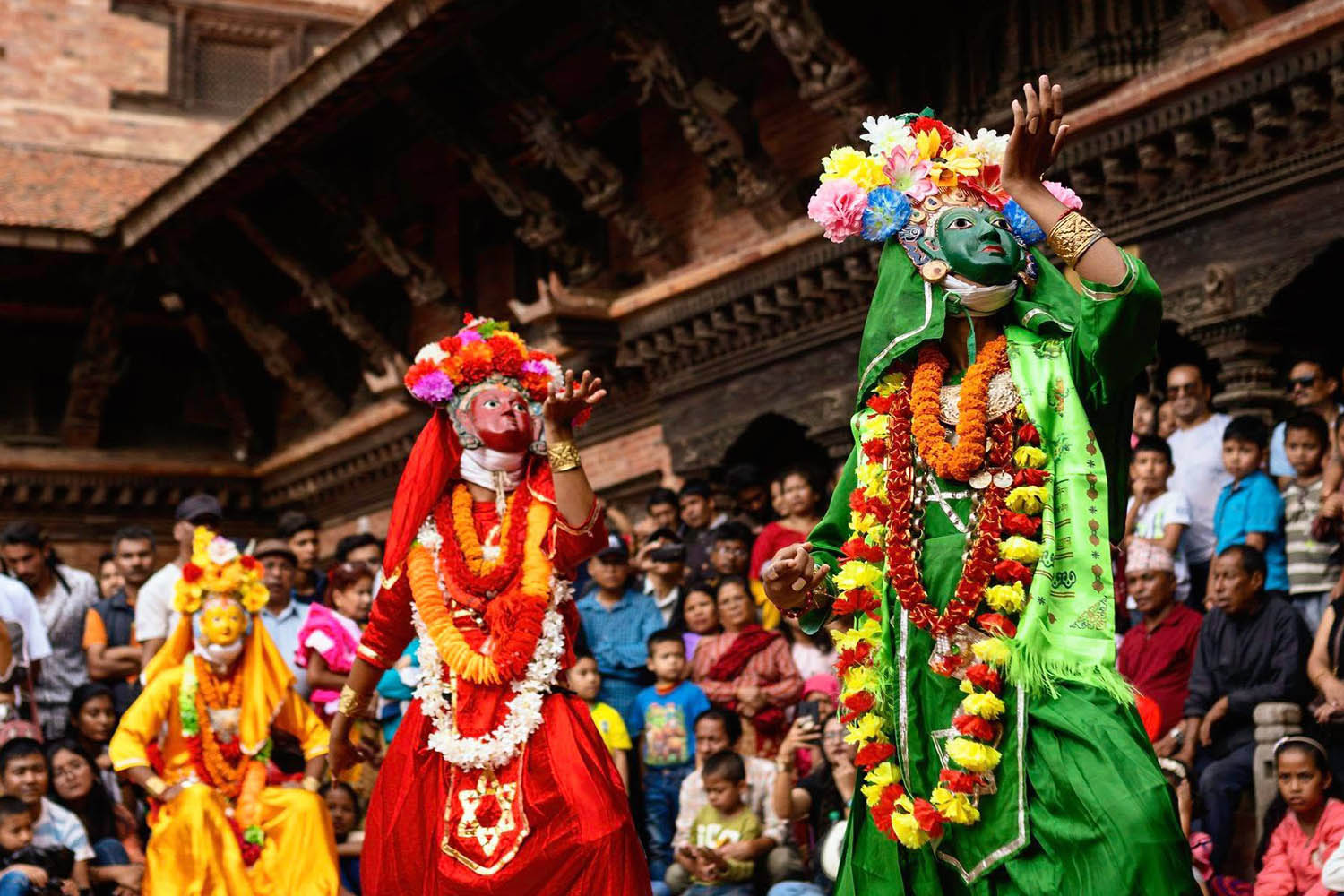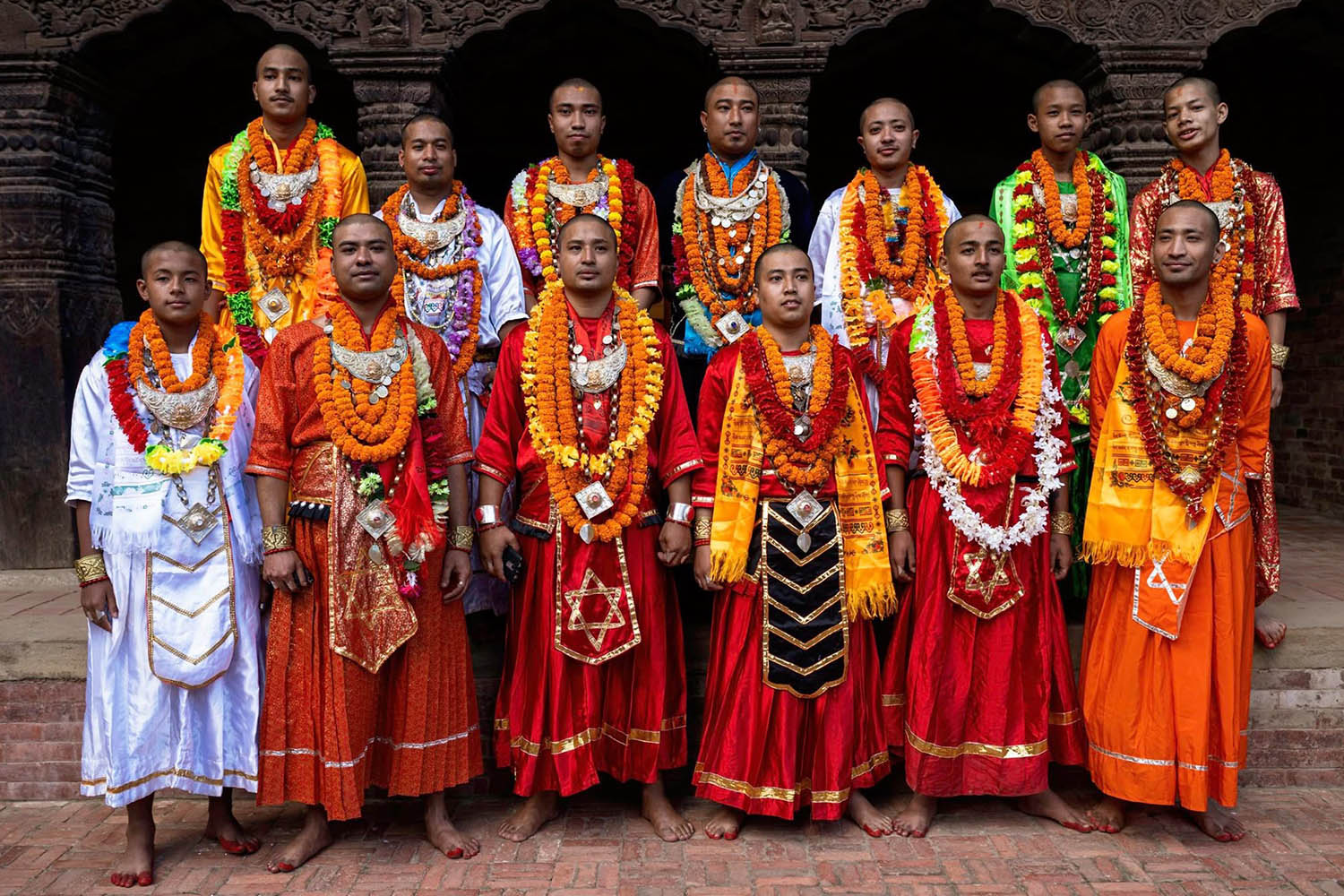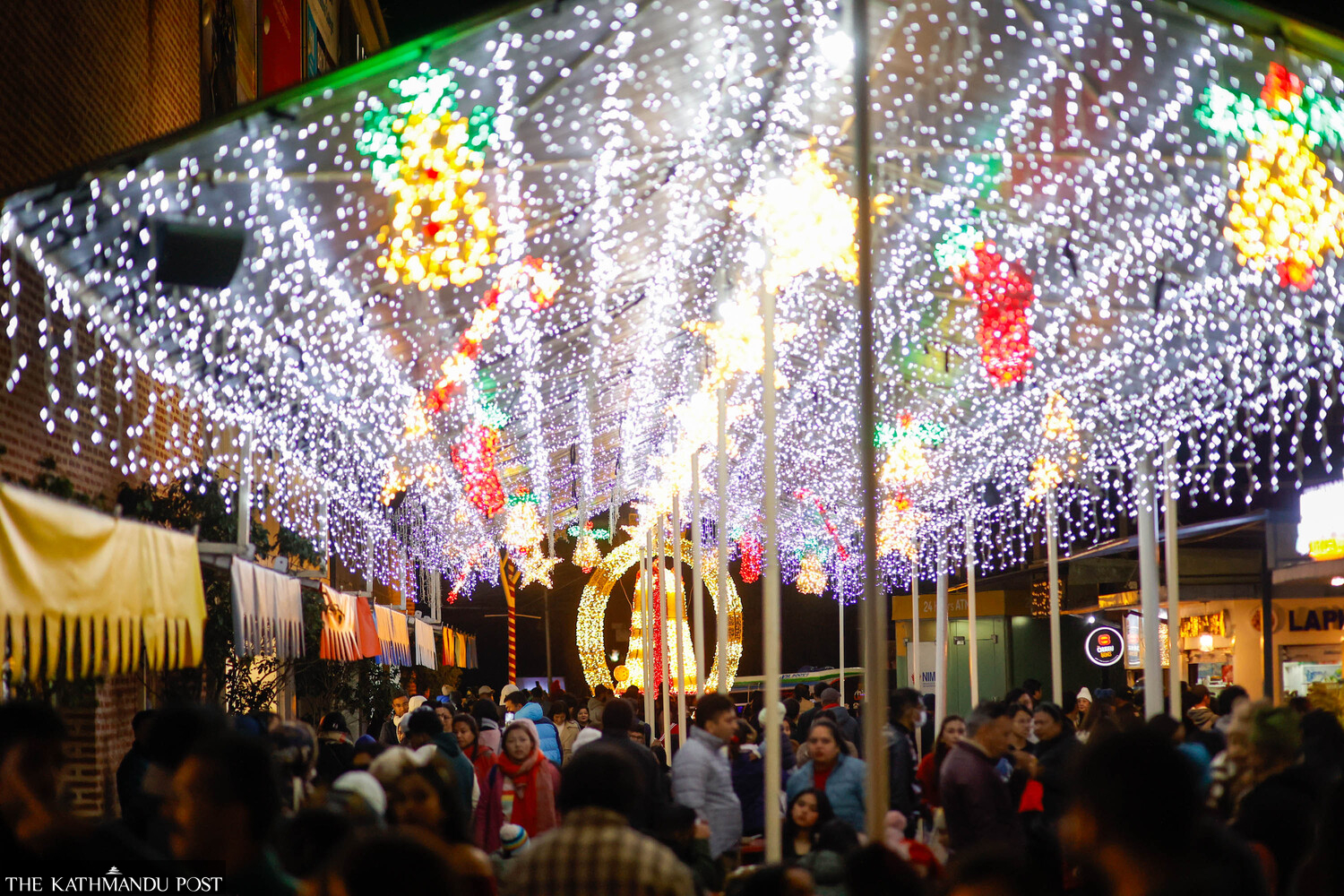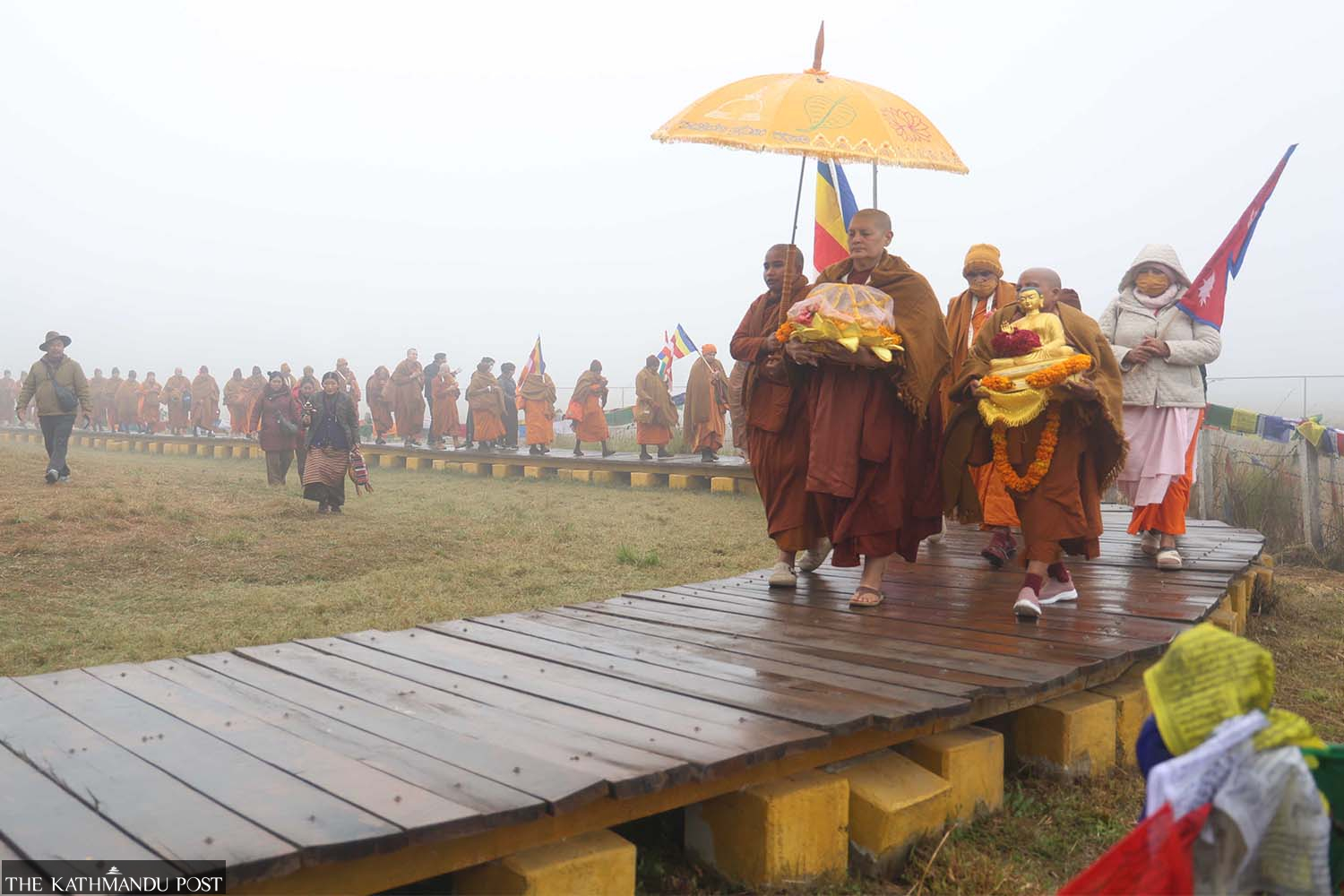Visual Stories
Financial hardships threaten the future of Asta Matrika dance
This 350-year-old traditional dance from Patan begins on Ghatasthapana and lasts throughout Dashain.
Sanskriti Pokharel
As the weather begins to cool down and the sky transforms into a shade of clear, deep blue, the joyous season of Dashain arrives. During this time, the aroma of delicacies fills the air. Not only that, but various cultural dances bring energy and excitement. Among these captivating dance performances is the Asta Matrika dance, which adds a layer of vibrancy to the celebrations.
Asta Matrika is a 350-year-old traditional dance from Patan that begins on Ghatasthapana and lasts 11 days throughout Dashain.
Similar to how certain classic works of literature and art were inspired by the dreams of poets, authors, and artists, this dance form was born from a dream that Srinivasa Malla, the King of Lalitpur at the time, had.
According to popular legend, the Malla king dreamed of the Asta Matrika Devis (Eight Mother Goddesses) and Bhairav, Simhini, Byangrini, Lord Ganesh, and Lord Kumar dancing in his palace courtyard. Intrigued and unsettled by the vision, he sought advice from his gurus, eager to understand the meaning behind the dream.
The gurus told the king, “This dream is a bad omen. You must create and perform this dance to dispel the Asta Maha Vaya—the eight great fears of water, lions, fire, snakes, elephants, thieves, false imprisonment, and ghosts—that threaten you and your subjects,” The sacred dance of Asta Matrika is believed to protect people from these fears.
The dance includes thirteen deities in total: eight mother goddesses—Brahmani, Mahesvari, Bal Kumari, Vaishnavi, Varahi, Indrayani, Mahakali, and Mahalaxmi—along with five Newar patron deities—Bhairav, Simhini, Byangrini, Lord Ganesh, and Lord Kumar. The Shakya and Bajracharya community members from the Newar group actively participated in the performance.

Select individuals who have adhered to sacred rites and maintained purity portray the goddesses. This raises curiosity about why only Shakyas and Bajracharyas are chosen for the Asta Matrika dance, potentially leading to questions about the tradition.
Suprince Shakya, who has been performing as Byangrini (one of the goddesses in the dance) since he was eleven, explained, “The king entrusted the responsibility of performing this dance to the Shakyas and Bajracharyas because they were more advanced in tantric rituals and prayers.”
The performers start their ritual by visiting the shrine of Vajrasattva, where they take refuge in the Buddha, Dharma, and Sangha. Afterwards, they receive blessings from their teacher and make offerings. Once all participants have completed these rituals, the musicians play the opening melody, and the teacher leads them in the dance before the Nrityeshwara temple, the deity of dance. They then observe Upasadha, a day of fasting, and practice meditation.
All dancers must shave their heads and fast for a day to uphold purity and honour the deities. They must follow strict discipline, avoid food and drinks containing intoxicants, and perform various rituals daily throughout the Naach period.
The thirteen deities—eight mother goddesses and five Newar patron deities—must follow the rules preventing them from applying tika or celebrating Dashain. Although missing out on these Dashain traditions might seem disheartening, Shakya notes, “Not being able to put tika during Dashain does not affect me.”
Asta Matrika is a tradition handed down through generations, initially learned by observing grandparents and parents. Shakya used to watch his brothers perform as goddesses in this dance and would assist them. When a position for Byangrini became available, he was selected. His observation paid off, as he felt confident during his first performance.

Performing as Byangrini for the first time made Shakya feel like the deity had entered his body and taken residence. Although he wasn’t nervous, this experience left him feeling overwhelmed. He would become semi-conscious, unaware of his surroundings, but completely immersed in his role.
In his journey as Byangrini, Shakya has encountered some individuals who do not fully commit to the tradition and disregard its rules. He emphasises, “To ensure that Asta Matrika is preserved for future generations, the participants must demonstrate the highest level of devotion, and the selection process must be rigorous. While there is some financial support, it is not enough to sustain the performers. The government should offer financial aid to preserve traditional dances,” Shakya adds.
As cities grow and lifestyles change, younger generations may find committing time and effort to traditional dance challenging. Economic pressures might push families to prioritise education and stable careers over cultural practices that may not offer immediate financial rewards. Therefore, the government must provide sufficient support to help sustain these traditions.








 11.12°C Kathmandu
11.12°C Kathmandu





